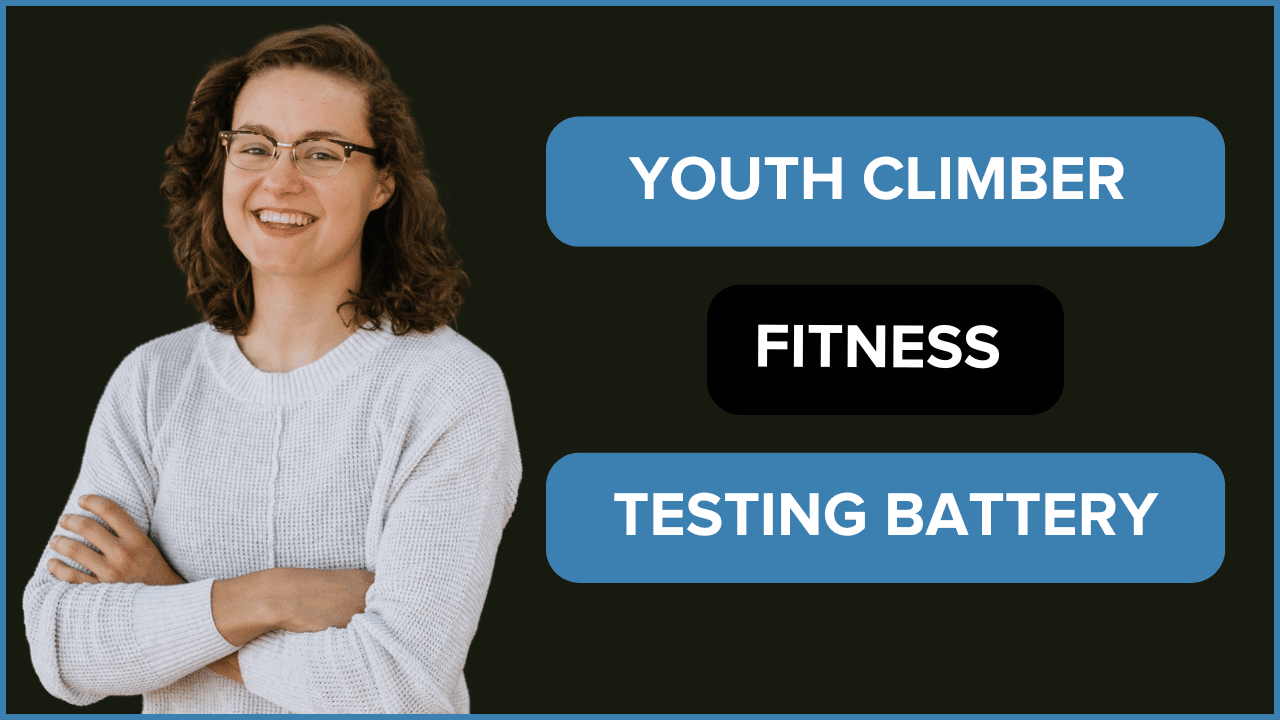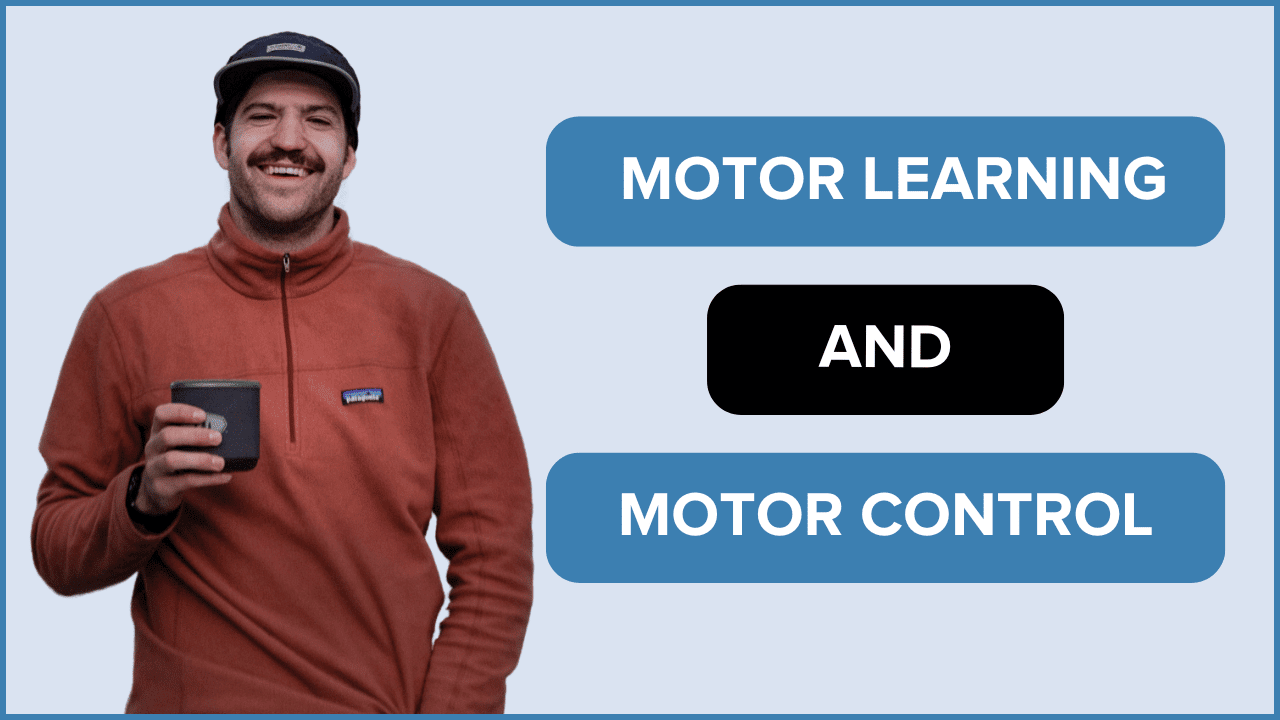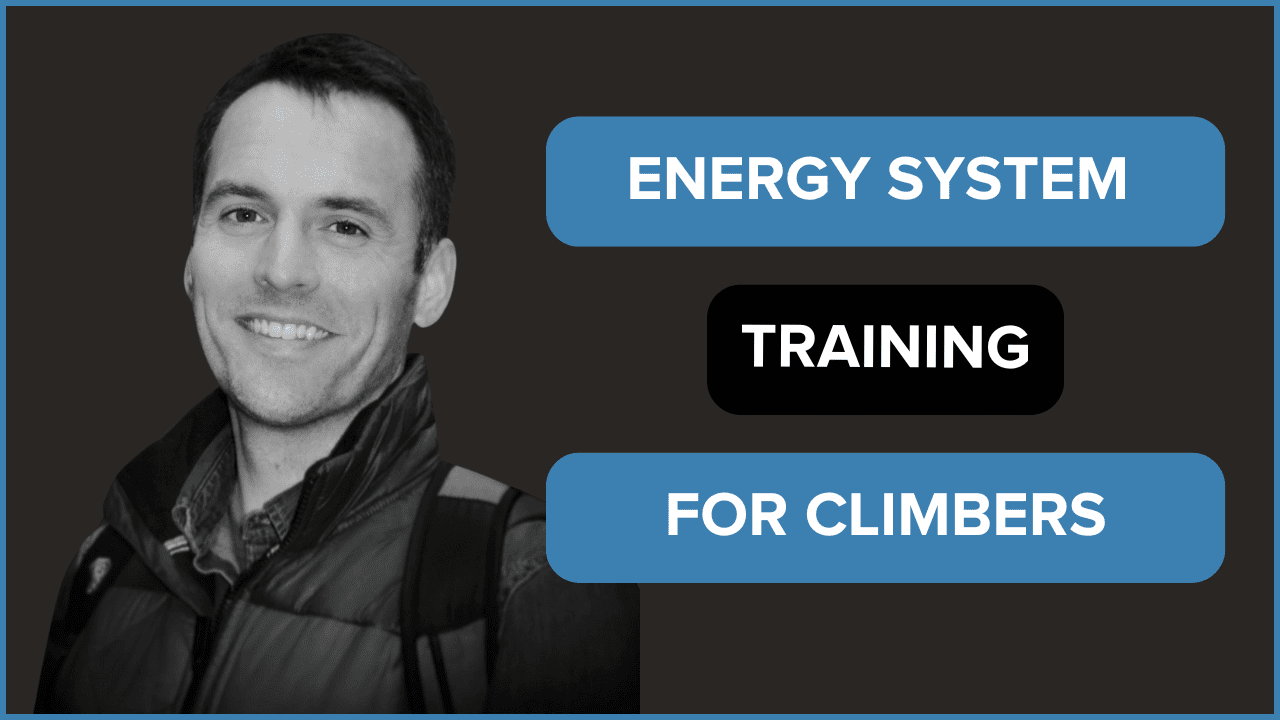S1, E9: Keep Your Body Strong and Resilient for Climbing – Tom Randall
In this video, The Climbing Doctor interviews Tom Randall! Tom is the founder of, as well as coach of Lattice Training, a comprehensive training platform for rock climbing. Watch as Tom pulls from his vast experiences as a high level climber and coach to discuss training methodology, injury prevention, and more!
Listen on Apple Podcasts, Spotify, or wherever you listen to podcasts!
- 0:00 Intro
- 1:00 How Tom started and developed his training
- 6:25 Developing Lattice Training
- 11:02 Tom’s experiences with personal injury
- 25:00 Common injuries and mistakes
- 28:55 Shoulder resiliency and management
- 34:10 Tom’s go-to exercises for general resiliency and holistic approach
- 39:45 Tom’s general advice for climbing
- 41:55 Outro
If you would like to listen to the entire interview with Tom Randall, check out the podcast. If you want to watch the interview, click the YouTube link or any of the timestamps above. If you would like to read quick sample of the interview, check out the excerpt from the interview below.
Who is Tom Randall?
I’m a professional climber and founder of Lattice training, which is a coaching and training organization here in UK. I’m an athlete and professional who is kind of obsessed about performance and climbing well and, you know, getting other people to climb as well as they possibly can.
Tell us how you started training and then developing Lattice to bring others on the same journey [sharing that information with others]
I was very involved with athletics from my childhood, did well in competitions and events, and got heavily into training during my teenage years. So, I was spending a lot of time training, multiple days in the week, a lot of time in the gym as well. A lot of strength and conditioning work went into this. And then I went from that sort of daily training lifestyle, into martial arts and that’s where I started to pick up some of my first coaching experience as I became a coach.
I transitioned that into climbing, which felt like my kind of lifetime sport, but I didn’t know a great deal about how to perform or how to train. And there was a limited number of books and resources on it. I suppose I more or less spent the next 10 years. So that would be around 1999, 2000 to 2010, reading everything I could possibly get my hands on of books, forums, meeting up with other coaches, talking to other specialists in other sports and just trying to like build my own knowledge base.
I started being intentional about my professional climbing by pick up sponsors, mentors and I was climbing harder grades. And then I had a few opportunities to start coaching and managing the national teams in the UK. So, trying to bring a whole team of people together to be better year on year, seeing how you could work with people effectively week on week. And that probably was the bit that really got me to the point of starting up Lattice because I wanted to blend athlete, coaching management with actual coaching of taking climbers, working with them one to one and moving them forward.
But I understood that there was a slight disconnect between the micro scale of just what’s going on in a session right now, or the weekly training to longer term management of six months, a year, two years. What’s the big picture on this athlete? Is it really a physical issue? Can we do performance profiling? Is there a point in using research and actually bringing it into climbing or is it just a waste of time? It was bringing all of the answers to these questions that help us understand where a trainer’s time should be best invested.
Yeah. It sounds like you had the kind of perfect recipe. With the assessment component you created your team is able track information over time while trying to figure out the best program for the athlete. How was Lattice first implemented? Was it just you testing this idea with a couple different athletes, like how did it expand to where it’s at now?
Originally it started very small, with few elite datasets of performance profiling of national level athletes and pro climbers from the UK a rough system that we thought we could use to analyze where their strengths and weaknesses are. And then of course make some conclusions as to where they would head with their training. And I was running people through these series of tests in my back garden, on a system board and helping them put together some training programs and probably working with like 10 people or so. Profiling and testing people is not all. I think over time I realized that, yes, it’s really useful and it’s a really good starting point, but ultimately for any really good athlete, it’s quite a long journey and you kind of have to be there to support the whole thing.
You want to choose the right form of training to do with them. You want to help them select projects and strategize. You want to help them manage injury, or have an injury prone history, et cetera. And that’s where I finally kind of, teamed up with Ollie. If we can take what we’ve learned in the last 10 to 20 years of coaching, if we can take that practice and teach it to others and sort of show them how we do it. So, then we can have this cool hive, mind of 5, 10, 15 people that are all sharing the knowledge that they’re learning on a daily basis every week. And going, I learned this, I saw this did work, this didn’t work, we’ve picking up patterns here, and then together we can kind of learn faster and go forward faster and more effectively.
And we’ve been in a really lucky position to generally have kind of over demand for what we do, which is really nice, but I’ve also been so lucky to have the right team, the right people to work with. But I feel like by a little margin we’re taking the sport forward and that’s really rewarding to just have your small influence to take the sport slightly forward in its performance.
I was going to say, we get people from different backgrounds, dancers and tennis players and competition athletes. So they all add into the mix basically.
Let’s talk about injuries. What is your personal experience with an injury that was devastating or just annoying for a long period of time?
I think it just has to be my first ever pulley injury because I was so shocked by it and I dealt with it pretty badly. I was 27 at that time, it was my first one after 10 years of climbing
So, it was on a really cold day. I wasn’t that well warmed up and I crimped a full crimped on a two-finger pocket with my middle two fingers. And I think I never had the scan, but I think I fully bus through two pulleys on the ring finger. And it went off with like a big loud, double pop. Yeah; Like I really hear it loud. There was an instant weakness, a lot of pain. And I couldn’t do anything with it for so long. It was really all out.
So I think my first mistake was that I rested it way too long and I did nothing with it because I was so terrified by the injury in the first place that I thought you’ve got to just not do anything on it until it starts to feel pretty good. That was my kind of gut sense of how you should deal with a pull injury. So, I probably didn’t do anything remotely active on it for maybe at least three months.
Just completely avoiding any kind of loading. And then when I went back to loading it, I just went back to, oh, well I’ll just go climbing and just keep trying slightly harder things each session and see how that goes.
If you would give climbers a simple and easy to practice advice, what would that be?
You have to listen to your body when it gives you a warning sign. When you have really minor, just warning signs or a tiny little tweak early in the session you went. Don’t say I’ll just kind of warmed up through it. Or it feels okay. I’ll just go another two hard sets and then it will be gone. But guess what, what was a warning sign from your body that you just ignored. You could have backed off, and have a light one week, two weeks of break, and it all would’ve been fine. But we all just push it aside; we don’t listen to the warning signs.
Give us an example. What would be a robust kind of exercise. It could be shoulder girdle, mid back whole body, right. Are there any go-tos that you’re like, ooh, this is a nice one that we like to include for climbers that kind of hits a lot of different boxes or checks a lot of boxes.
Such a good question. One might be overhead squat. So, you’ve got an Olympic bar above the head. So both hands above your head holding the bar in a wide position you’re really pulling the shoulder into a position which is sport or climbing position or relevance. You really have to work the mid back in terms of put, pulling the scapular back and pulling the shoulders into the correct position, but then you’re squatting all the way down, keeping the heels onto the floor, keeping those arms up the chest, back the head back and working so many muscle groups through the entire range of motion from compressed all the way through to extended and the chain of muscle, which is relevant to the climbing, things like that, which I think are really good and somewhat underrated amongst climbers. Don’t do them all year long, but it’s a great thing to build into your program.
What’s one of the exercises that you do yourself that you try to keep in your routine because you feel like it makes you more rounded or it just helps with a little bit more resilience.
Another exercise that I particularly really like for me is someone who tends to be strong, rolling their full shoulders forward. I like twisting movements. I don’t like staying square and open is a moderation of a low row exercise on a TRX. So what I’ll do is I’ll, I’ll have two arms on the rings, and then my feet on a bench. Then you’ll pull back. You’ll pull your arms into a row driving your arms back. And then what I’ll do is I’ll then rock onto one heel only and hold back the, the arm or the shoulder, which is an opposition to the heel. So I’ll, pull back. So I’ll pull the right shoulder back, but I’ll be resting on my left heel. And what,
And your right leg is kind of like flexed away?
It’s either tucked or just floating, just finding the position of balance. But what I really like about it is that it forces to activate across that entire posterior chain of tension, but means, I want to roll the shoulder forward in that way and kind of turn and twist into the movement.
Oh, interesting. Because it’s across your body.
Yeah, yeah, exactly. But this one, I forced myself to stay square and open and it’s a really good way for me to get me to be mindful about how deep I can pull my shoulder back and actually utilize those muscles, which are useful for that, that particular movement. Because I tend to go short on range because I’ll roll the shoulder forwards or up or use a lot of upper traps. And that defaults to my particular strength, but it’s a limited-on range of movement if I can’t drop the shoulder back and down. So that’s another good, really good extra that I like.
And do you do that as like an isometric? You just hold it there or do you go through repetitions?
I do that as a combination of isometric and repetitions. I’d say most of our coaches are big fans of concentric, eccentric isometric and a range of different types of exercise. I’m not really a believer in just do this particular thing. I think often climbers out there can get really obsessed with certain types of things. Like I see it a lot with one arm pull up work and people go, you’ve gotta, just do eccentrics it’s the way, man. Cuz you go down and you can take more force. I’m like, yeah, it’s a method. But I can assure you that there’s issues with too much eccentric work, not complimented by other stuff. So don’t think it just solves everything for you.
How much do you notice that climbers emphasize upper body over lower body? Like finger strength, versus doing exercises maybe for the calf muscles, or some of the muscles that challenge the balance in the foot. Do you notice a trend with that or do you see that climbers are shifting now more towards full body holistic training?
I certainly see a change in competition athletes and those that climb a lot more indoors, understanding that strength through the entire range of motion is something which is applicable to performance in that particular setting because the indoor root setting deliberately does that to get you in those end range motion. And if you can’t do somewhat close to the splits in either side or in front or in that wide frog position and then do something to move out of that position, that range of motion is useless. So I’ve seen a very definite change, and comprehension from those athletes that they have to sort that out and they train appropriately. I would still say the outdoor climber sport or boulderer hasn’t necessarily transitioned across. And I think there’s still a lot of work to be done on that front.
You’ve worked with so many athletes and yourself, is there any global advice you can give for just injuries in general?
Two advices came to mind. One is finding some way to put structured rest into your climbing and training. Whether that’s saying that every single week of the first week of the month, you have to have a really light week or every single Wednesday and Sunday without fail. You will have a rest day, no matter how good the conditions are. I think lot of climbers overtrain by the vast fast degree, and this is a big issue. And it’s the cause of most of the injuries out there. Everyone wants to do it. You want do it all the time. People are psyched. The second is changes in training or climbing load just big spy up or down. And they cause a lot of issues for people.
And I think if people could understand that if they could just smooth those things out a little bit more, and understand that, it would have a big benefit for them in terms of both pain management. Cuz I see big spikes in pain spikes down in training load where people go, I didn’t even have much pain with this issue and I’ve just had two weeks off and I feel awful. I’m like you haven’t just suddenly got injured cause you had time off. You’ve just had a big spike on load going down and that’s the repercussion right now. And it’s just, yeah, smoothing it out, finding a way to do that and be a little bit more mindful of total training load. Like just a basic diary, knowing how much you climb, how many hours you do a week.
Nice, cool. Lots of great information. Tom, where can people find you at, and find Lattice too?
We are active on:
IG: @tompaulrandall @latticetraining
Facebook: Lattice Training Group
Nice. It’s awesome. And thanks for sharing your advice, all these information. Pleasure talking with you.
I feel the same, It is always good to chat this stuff because hopefully it’s useful to everyone else out there.
- Disclaimer – The content here is designed for information & education purposes only and the content is not intended for medical advice.




